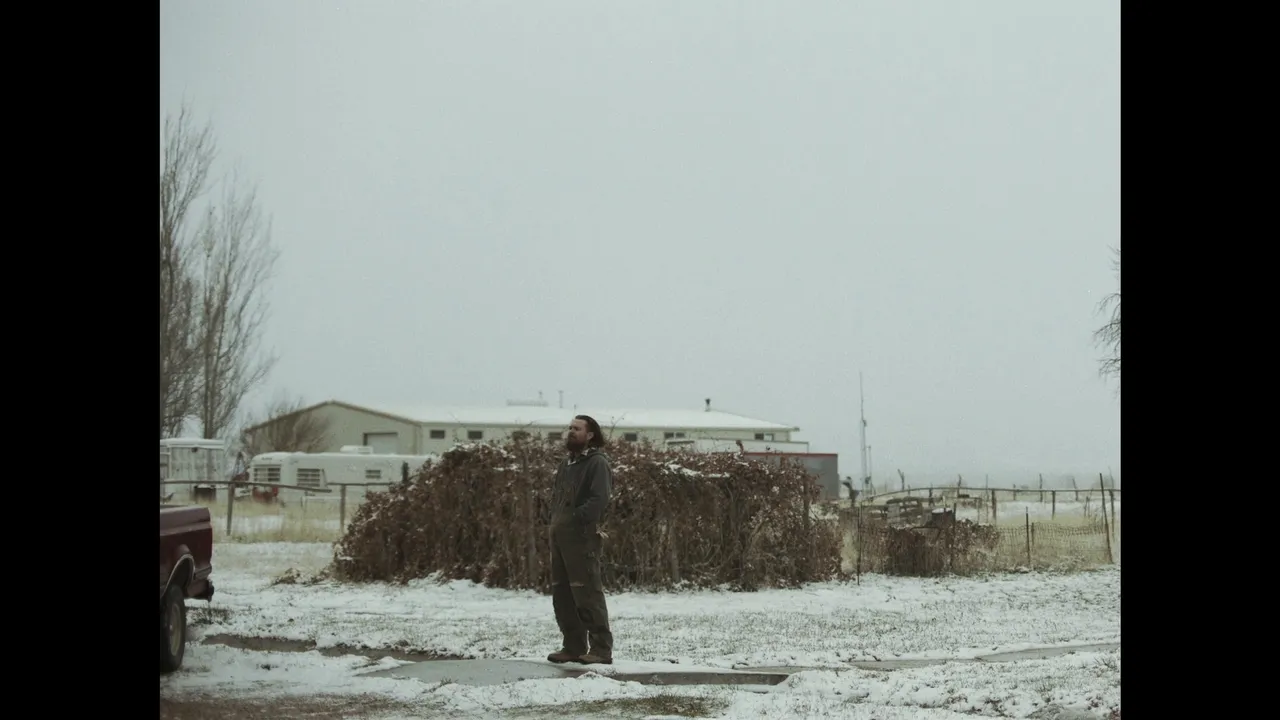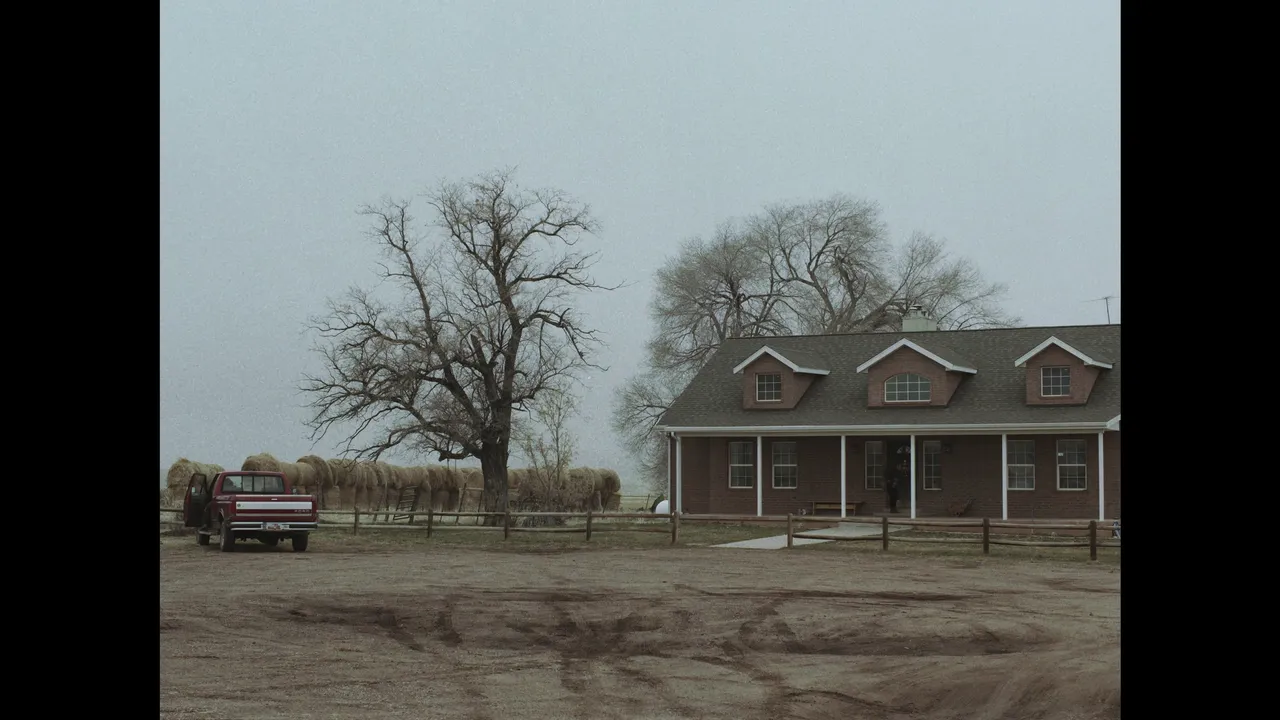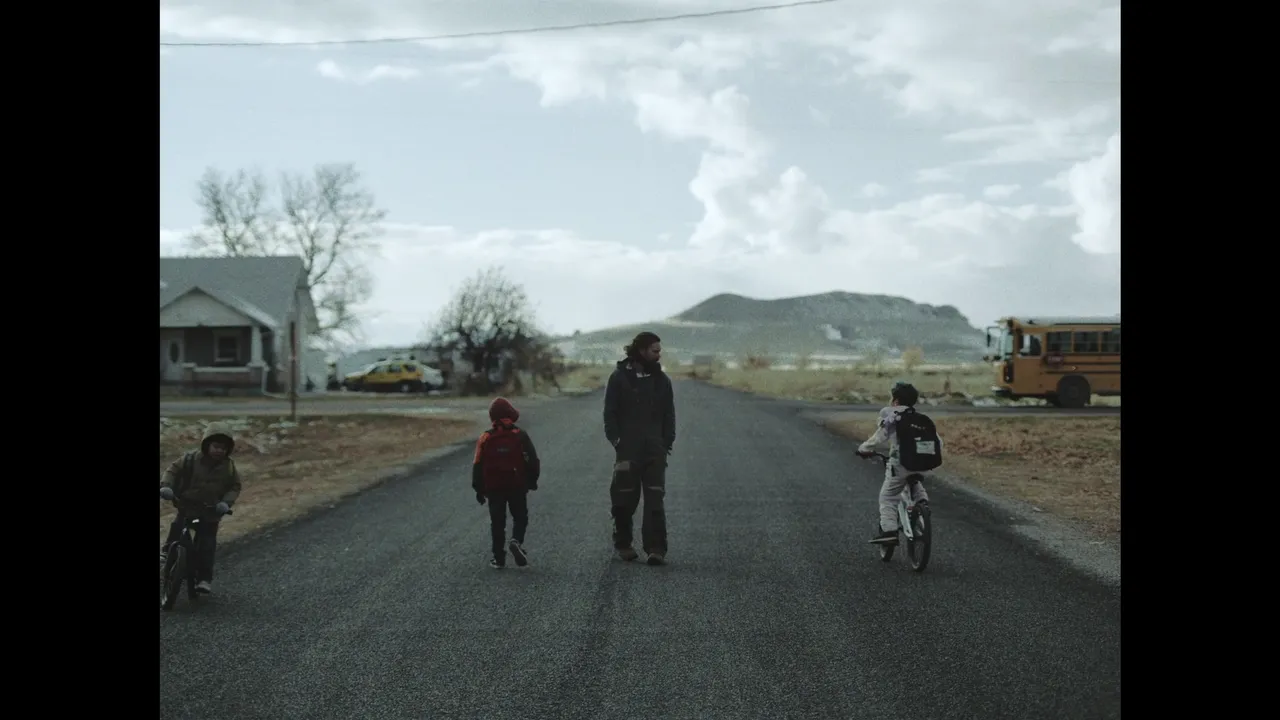
I haven't been watching films as much as I used to in recent months. Most of this being down to my own career in the film industry slowly flourishing and consuming my energy and time. For the most part, this has led to a more conservative approach to finding and watching films with the snippets of time and energy I have remaining. Usually, I'd consider this more pretentious taste in film to be a bit of a bore, though it does mean I stumble across little gems such as Robert Machoian's 'The Killing of Two Lovers'.
Despite its opening scene and title, 'The Killing of Two Lovers' is not to be taken in a literal sense. It explores the decline of a relationship as a man is cast out of his home, removed from his children and thus struggling to maintain both presence and connection with them, as well as he deals with the loss of the connection with their mother. While desperate to rekindle that relationship and maintain a strong family, our protagonist's lover seems more interested in starting a new relationship elsewhere.

With our protagonist played by a long-haired, unshaven Clayne Crawford, the film follows him around as we witness the sheer decline of his mental health, as he constantly performs questionable actions out of desperation. That said, there's very little morality to be found here. Despite his actions, it's incredibly easy to sympathise with him as the narrative progresses. It becomes very easy to forget that this person we're following and now rooting for was previously standing over the side of a bed during the early hours of the morning, pointing a loaded firearm at two sleeping individuals.
This complete disregard for all morality within the characters conveys the presumption that the very concept of an emotion such as love is purely animalistic and is purely carried by the self. This selfishness can also span into the question of what love really is, if each action within it is simply an act out of one's own wants and needs, with the intention of seeking satisfaction ultimately at the expensve of another.

Director Robert Machoian explores this more selfish concept of love well throughout the film, and it's amplified with the increased tension through its sound design. Our protagonist is constantly driving around, moving from one place to another. Constantly moving. This reflects his own mind, where it's never inactive. Throughout the film, we hear the sound of his car door opening and closing, to the point in which it's used as a tool of creating tension by becoming closely similar to the ticking of a clock.
Utilising this sound, and making it almost rythmic, Machoian creates an atmosphere that is riddled with anger and anxiety. As an audience we can feel the desperation within our protagonist's mind as it seems his family and life are, in a sense, ticking away by the minute.
Shot with an aspect ratio of 1.37:1, the film takes on a rather claustraphobic look, where the world looks relatively enclosed and boxed in. This aspect ratio is not quite, but almost square. Replicating an old film style of colour grading and aspect ratio of the 16mm film stock, we're left with a very soft look, which is amplified by the considerate directing and cinematography that is built around such a ratio. As expected with this ratio, we're given many static, well-composed shots that aim for beauty within the frame and a strong consideration of mise-en-scène. Through this, isolation is very much felt. Isolation within a small frame, within a small town, surrounded by mountains and filled with heartbreak.
